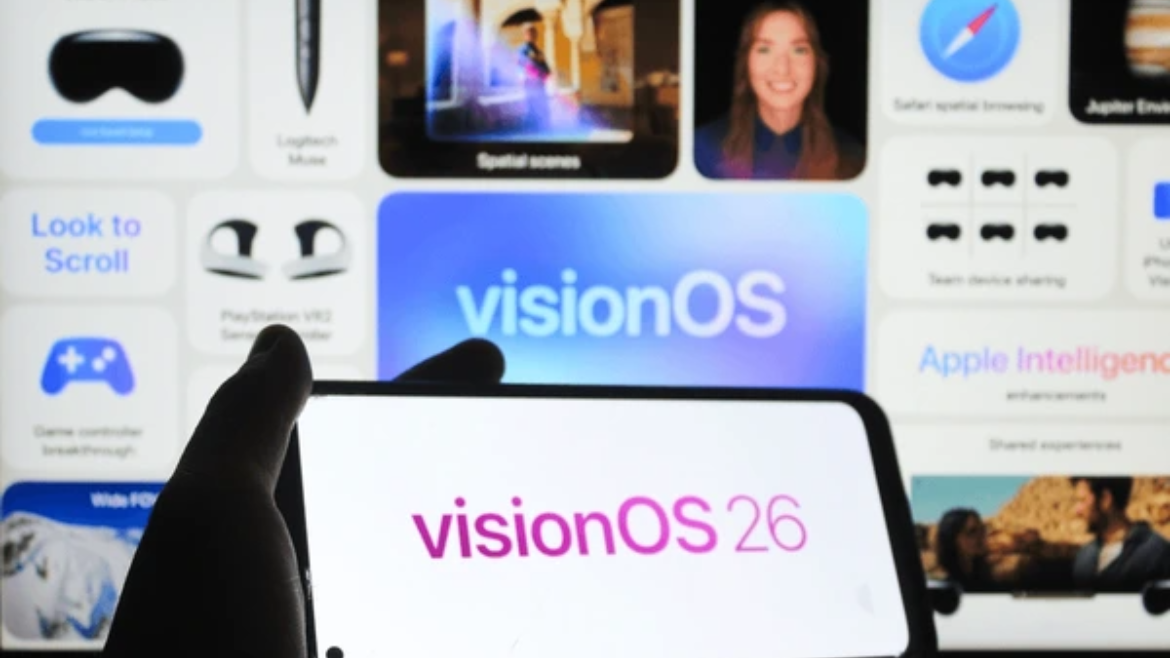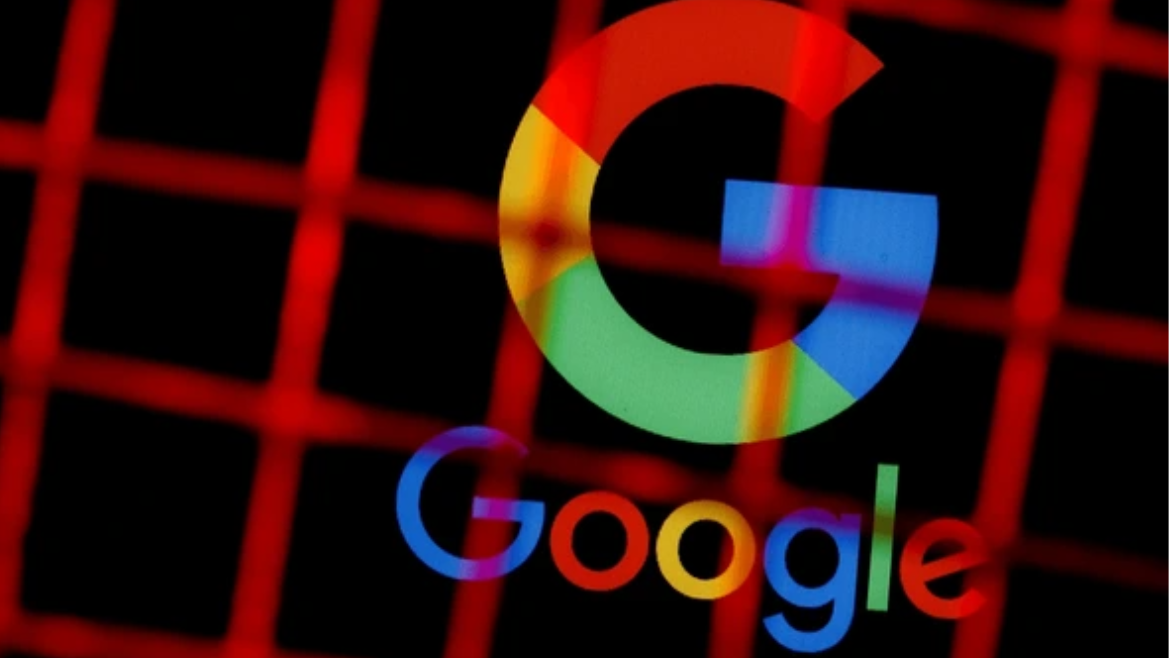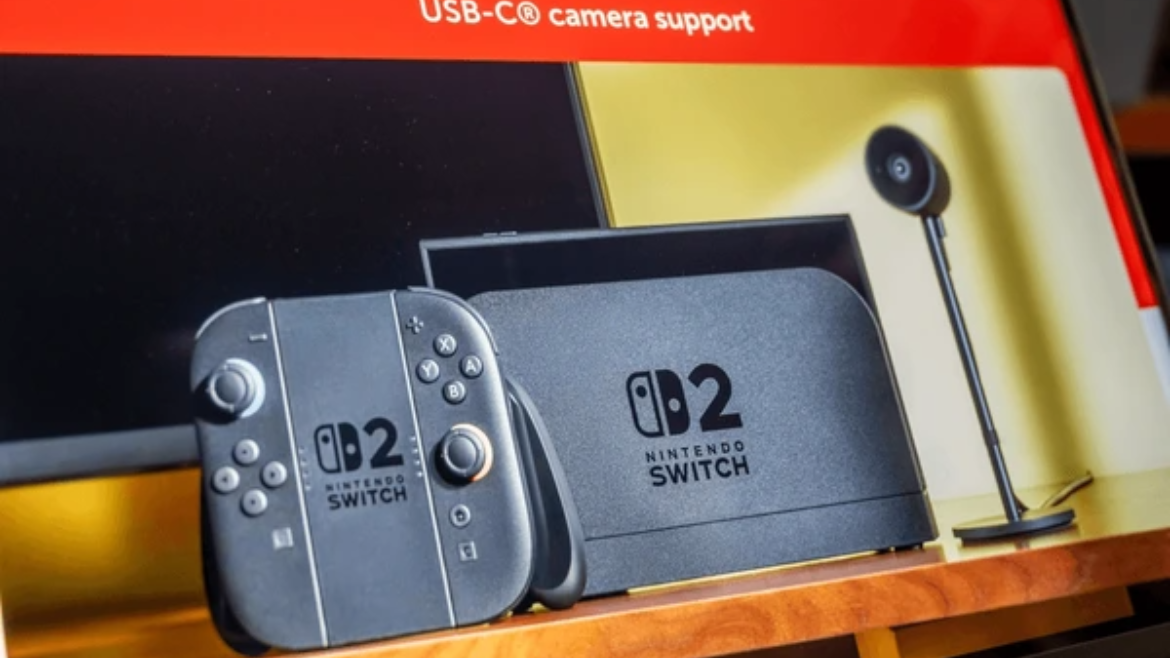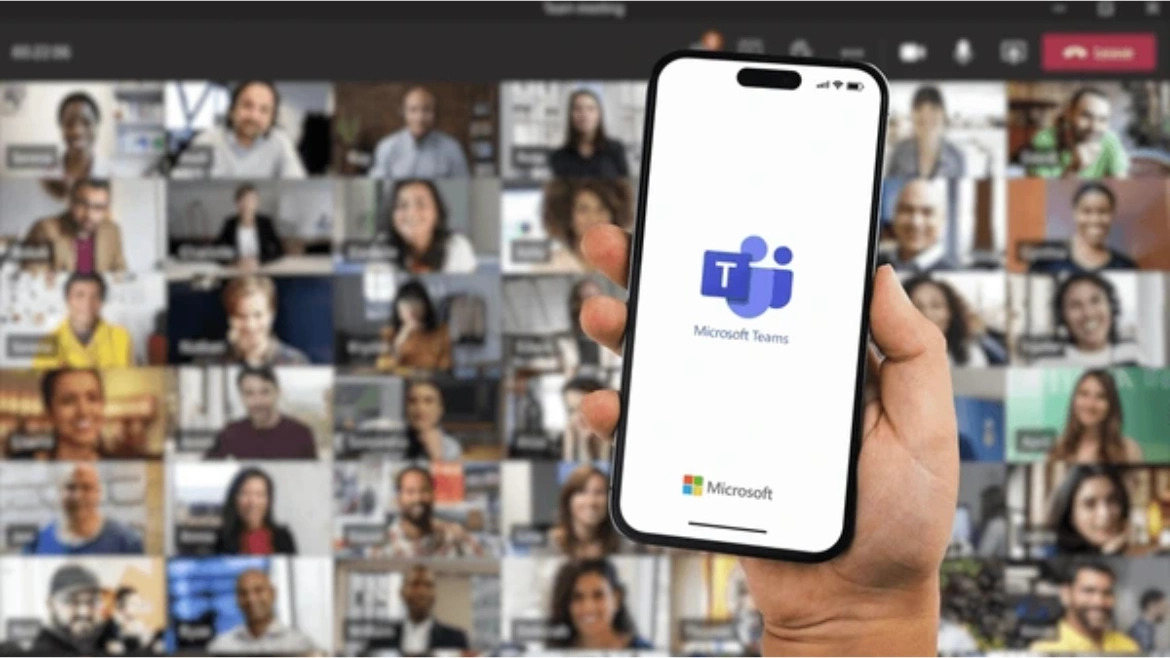Introduction
visionOS 26, released on June 9, 2025, builds upon Apple’s spatial computing vision by delivering refined performance, deeper integration, and new capabilities tailored to the Apple Vision Pro headset. The update centers on five pillars—spatial widgets, shared experiences, digital Personas, live translation, and broad system enhancements—each designed to blur the lines between digital and physical realms. By focusing on ease of use, privacy, and developer flexibility, visionOS 26 ensures that both end users and app creators can fully exploit the potential of spatial computing. In the sections that follow, we explore how each feature works, real-world applications, and best practices for developers.
Spatial Widgets: Anchoring Information in Space
1. Understanding Spatial Widgets
visionOS 26 introduces spatial widgets, interactive mini-apps that users can position and pin within their physical environment for persistent, glanceable information. Unlike traditional 2D widgets on iOS or iPadOS, spatial widgets occupy a defined 3D plane and remain exactly where placed across sessions, making key data available at a glance, whether it’s weather updates, calendar events, or reminders. These widgets harness WidgetKit extensions, enabling apps to deliver rich content with images, live data, and customizable layouts directly into users’ rooms. Developers can specify widget sizes, shapes, and depth effects to create immersive experiences, such as a floating stock tracker hovering beside a home office desk.
2. Customization and Persistence
Users access a redesigned Widgets app on visionOS 26 to browse, add, and arrange spatial widgets in any orientation or distance from their viewpoint. Widgets can be resized via pinch gestures, recolored to match room ambiance, or layered for multitasking—for example, placing a mini-map next to a workout timer during a fitness session. Once positioned, widgets persist in the same physical coordinates whenever the headset is donned, preserving spatial memory and reducing setup friction. For developers, WidgetKit now supports timeline entries with high-frequency updates and animated transitions, enabling dynamic content like live sports scores or real-time sensor readings.
Shared Experiences: Collaborate Seamlessly
1. Nearby Window Sharing
visionOS 26 elevates collaboration by allowing users to share active app windows and entire virtual screens with others in the same room through a dedicated Share icon on window controls. When two Vision Pro users are co-located, selecting Share instantly mirrors windows at the same spatial coordinates for all participants, guaranteeing synchronized content visibility and layout. This capability transforms remote whiteboarding sessions, design reviews, and co-browsing into natural, in-room experiences, complete with synchronized scrolling, annotation sharing, and simultaneous cursor control. The underlying API respects app security policies, ensuring that protected content is obscured or disabled from sharing as per developer-specified rules.
2. FaceTime and Hybrid Collaboration
Beyond local sharing, visionOS 26 deepens FaceTime integration by rendering remote participants as digital Personas within the shared environment or as floating video panels alongside shared windows. During hybrid meetings, local users see remote collaborators’ spatially accurate avatars that mimic head movements and gestures, preserving nonverbal cues and fostering engagement. FaceTime’s spatial audio further enhances immersion by localizing voices to where participants’ avatars appear, reducing listener fatigue and improving conversational flow. Developers can leverage the FaceTime API to embed live call controls and participant grids directly inside custom workplace or education apps.
Enhanced Digital Personas: Lifelike Avatars
1. Advanced Rendering and ML
visionOS 26 introduces a significant upgrade to digital Personas, using advanced volumetric rendering techniques and on-device machine learning to capture and reproduce nuanced facial details such as hair strands, skin pores, eyelashes, and accurate side-profile contours. This next-generation rendering pipeline processes input from multiple TrueDepth cameras, generating a 3D scan with improved texture mapping and lighting adaptation that reflects real-world ambient conditions. As users move or change lighting, Personas dynamically adjust shading and depth cues, creating a convincing sense of presence that enhances social interactions and virtual meetings.
2. Setup Improvements and Customization
The Persona setup interface in visionOS 26 now offers real-time spatial previews and more than 1,000 customizable eyewear and hairstyle options, enabling users to fine-tune their avatars with unprecedented precision. Setup occurs entirely on-device in Vision Pro’s secure enclave, ensuring personal imagery never leaves the headset for maximum privacy. Once configured, Personas automatically sync across FaceTime, Messages, and supported third-party apps, providing a consistent digital identity that users can trust and recognize.
Live Translation: Breaking Down Language Barriers
1. In-App and Real-Time Translation
Apple’s Live Translation feature, powered by foundation models in VisionOS 26, brings real-time language translation to core communication apps, including Messages, FaceTime, and the Phone app. In Messages, incoming text in a foreign language can be translated inline, allowing users to reply seamlessly without switching apps. FaceTime calls benefit from live captions in multiple languages, optionally displayed as subtitles below avatars or video feeds, enabling fluid multilingual conversations. During traditional phone calls, VisionOS 26 can provide real-time spoken translation through the Vision Pro’s microphone and speaker system, effectively enabling cross-language phone discussions without intermediaries.
2. On-Device Processing and Privacy
All translation in VisionOS 26 occurs on-device, leveraging Apple’s Neural Engine and optimized transformer models to ensure low latency and maintain user privacy by avoiding cloud-based processing. Initial language support spans English (US/UK), French, German, Spanish, and Portuguese, with plans to add Japanese, Mandarin, and other languages by late 2025. Users can enable language pairs in system settings and customize automatic translation rules, such as always translating incoming texts or translating only when explicitly invoked.
App and System Updates: Beyond the Core Features
1. Spatial Web and Safari Enhancements
visionOS 26 extends spatial computing to the web with a new Spatial Browsing mode in Safari, which transforms compatible web pages into immersive 3D environments. Developers can embed HTML tags for 3D models and spatial videos, allowing users to interact with product demos, educational simulations, or architectural walkthroughs in true life-size dimensions. As users scroll, web content seamlessly transitions into spatial overlays, such as popping out an embedded 3D chart or video within a news article.
2. Media Playback and New Accessories
The update enhances media experiences by adding native support for 180°, 360°, and ultra-wide field-of-view videos from popular camera brands like Insta360, GoPro, and Canon via APMP metadata standards. Gamers benefit from PlayStation VR2 Sense controller compatibility, which provides haptic feedback and precise tracking for Vision Pro gaming titles. visionOS 26 also introduces support for select spatial audio accessories and standalone Game Controllers that pair via Bluetooth, broadening entertainment and productivity options.
3. Accessibility and UI Refinements
visionOS 26 brings several accessibility advances, including Look to Scroll, which enables hands-free scrolling through eye movements, and improved Live Recognition that identifies objects and text in the user’s environment. The Control Center is redesigned for faster access to Focus modes, Guest User profiles, and Travel Mode settings, ensuring users can quickly adjust device behavior on the fly. Home View now supports app folder creation, and Vision Pro can unlock an iPhone via Face ID even while worn, maintaining seamless cross-device security.
8. Conclusion
visionOS 26 marks a pivotal leap forward in spatial computing, blending intuitive spatial widgets, collaborative shared experiences, hyper-realistic digital Personas, seamless multilingual communication, and broad system enhancements into a cohesive platform. Whether for personal productivity, creative expression, or global collaboration, visionOS 26 on Apple Vision Pro unlocks new dimensions of interaction that were once relegated to science fiction. By adhering to privacy-first design and empowering developers with robust APIs, Apple ensures this update delivers both innovative features and enterprise-grade reliability.
Frequently Asked Questions
Q1: Which devices support VisionOS 26?
visionOS 26 is exclusively available on Apple Vision Pro hardware, with developer beta access via the Apple Developer Program beginning June 9, 2025.
Q2: How do I create a custom spatial widget?
Developers can use WidgetKit’s updated APIs to build spatial widgets, specifying parameters like widget family, timeline support, depth effects, and custom SwiftUI views.
Q3: Can I share any app window with others?
Most app windows support Nearby Window Sharing, but apps handling protected content—such as DRM-protected video—must implement the visionOS Protected Content API to opt into or out of sharing.
Q4: What languages are supported in Live Translation at launch?
At launch, visionOS 26’s Live Translation supports English (US/UK), French, German, Spanish, and Portuguese, with additional languages planned by the end of 2025.
Q5: How do I improve Persona accuracy?
To enhance Persona fidelity, ensure proper lighting during setup, remove obstructions like eyewear, and follow on-screen alignment prompts; updating Vision Pro firmware also refines machine learning models.
Disclaimer
This content has been carefully developed through extensive research and supported by AI technology to ensure clarity and accuracy. Each point has been reviewed and refined to offer practical, relevant, and reliable information. We’ve made every effort to deliver something truly valuable for your learning and research.
Wishing you an insightful reading experience!















0 Comments